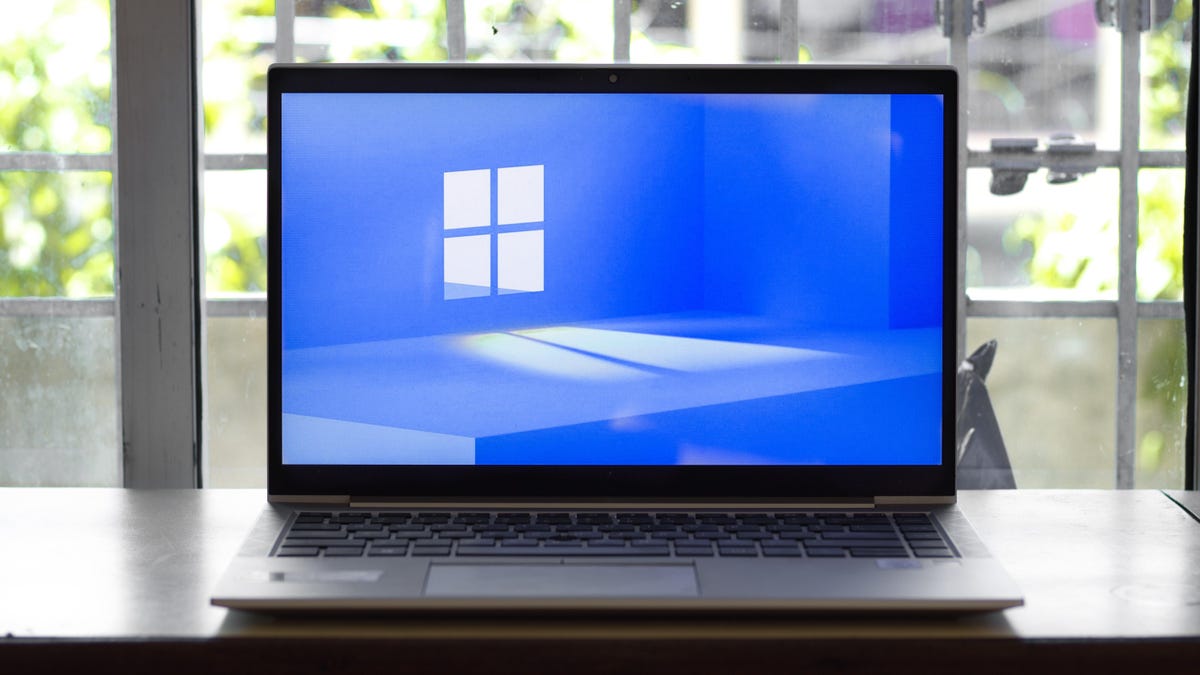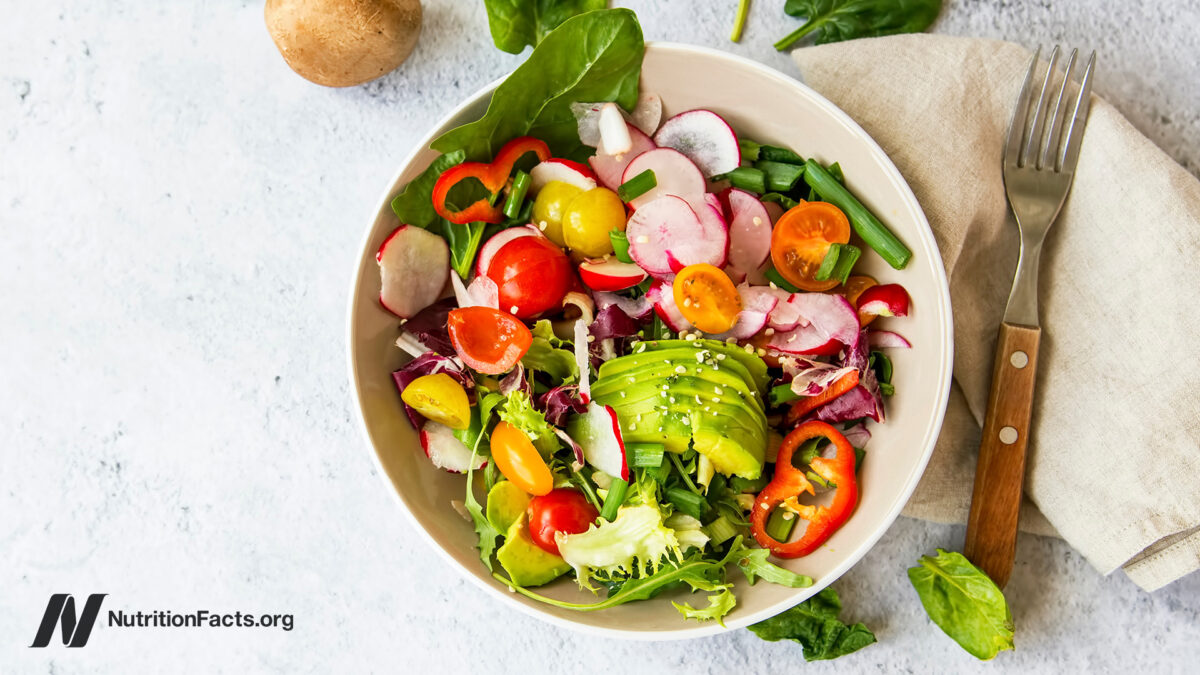You Can Totally Cook Eggs In a Stainless Steel Pan
I’m hardly married to one type of cookware. I have stainless steel pans, cast iron pans, and nonstick pans, and I’m beginning to dabble in carbon steel. Each piece of cookware comes with its own set of idiosyncrasies, and...
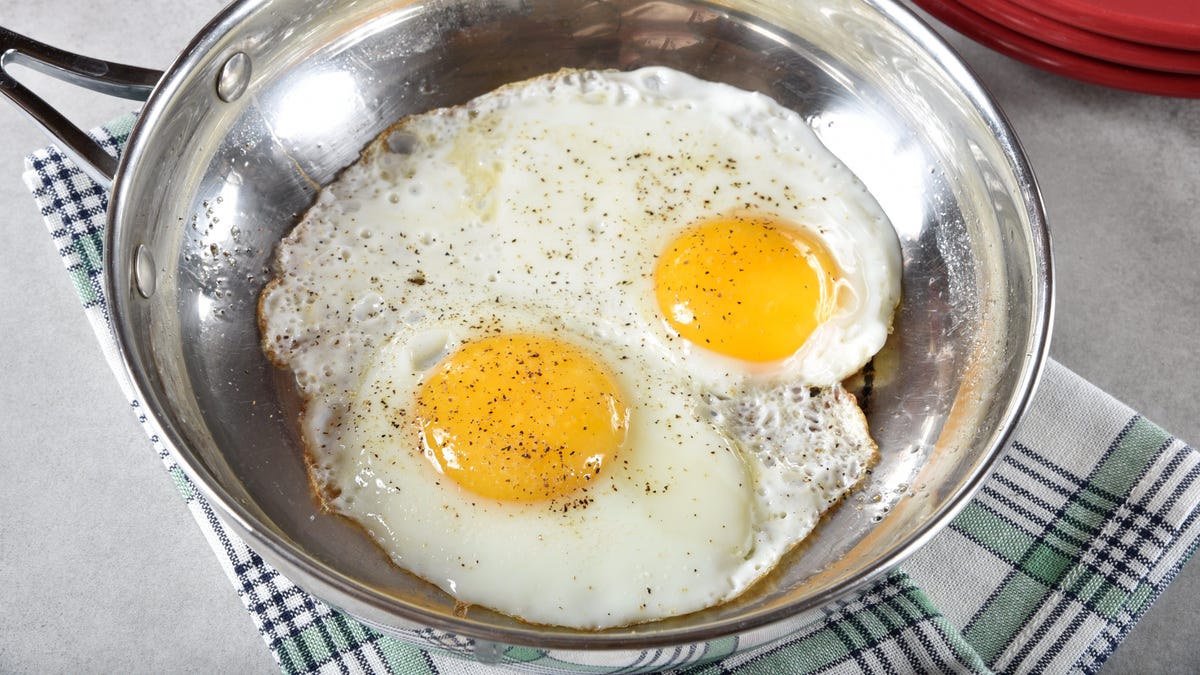
I’m hardly married to one type of cookware. I have stainless steel pans, cast iron pans, and nonstick pans, and I’m beginning to dabble in carbon steel. Each piece of cookware comes with its own set of idiosyncrasies, and knowing them means you can cook in any kitchen, no matter what kind of pan you’re confronted with. Stainless steel, for instance, has a sticky reputation, and most people wouldn’t dream of frying an egg in a stainless steel pan.
But you can, and you should: An egg fried in stainless steel has the most delightfully crispy edges, and you can cook up fluffy, cheesy scramble in mere seconds. The trick to cooking eggs (or searing a steak, or frying fish) in a stainless steel pan has very little to do with the amount of fat you add. To keep stuff from sticking to stainless, you only have to get it hot enough.
Why preheating your pan is so important
Stainless steel is a porous material, and these pores expand and contract with temperature variations. When you place cold food on a hot pan, the difference in temperature causes those pores to quickly contract, gripping onto your food.
Further complicating the issue is the fact that proteins, including raw meat and egg whites, bond with the metal in your pan. Eggs are especially tricky, because they come out of the shell as a liquid that can flow into those tiny pores, strengthening their grip on your egg.
It sounds like a recipe for sticky disaster, but heating your pan to the right temperature will create a barrier between your food and pesky pores—and we owe it all to the Leidenfrost effect.
What is the Leidenfrost effect?
The Leidenfrost effect occurs when the temperature of a given material is much hotter than the boiling point of the liquid coming into contact with that material. It allows you to dip your wet fingers into molten lead without getting burned and, less dramatically, to cook an egg in a stainless steel pan. The high temperature of the metal vaporizes the liquid, creating a protective layer of steam between the metal and your food (or fingers) and keeping the liquid egg white from making full contact with the pan and seeping into its pores.
The easiest way to test if your pan is hot enough to cook an egg is to add a drop of water to it. If it sizzles and steams, your pan is not hot enough, and the Leidenfrost effect has not occurred. But if that drop of water seizes up into a little ball that rolls around the pan, you’re ready for action. If it breaks up into a bunch of little balls, however, the pan is too hot. Let it cool and try again. (This test is often called “the mercury ball test,” because the ball of water kind of looks and behaves like a drop of mercury.)
You gotta add a little fat
Once your pan has passed the mercury ball test, you can add some fat. You don’t need a lot. Oil works best, as the heat required to create the Leidenfrost effect will burn butter, but that can be fun if you like a fried egg with deeply browned, crispy edges.
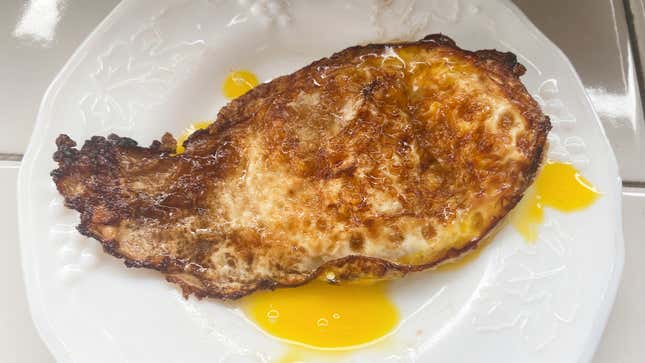
The bottom of an egg fried in butter.Photo: Claire Lower
The fat provides moisture but won’t ball up and dance around, creating an even protective layer between the food and the pan, and allowing you to scramble or fry to your heart’s content without any stickage. (Fat also conducts heat, which is famously helpful when cooking food.)
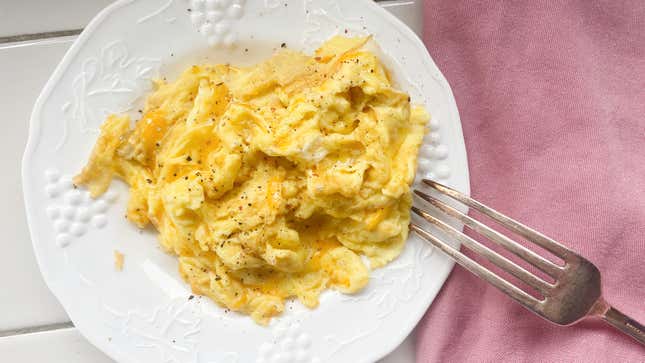
Photo: Claire Lower
Even cheesy scrambled eggs, which provide multiple oppurtunites for stickage, lift off a properly heated stainless steel pan with ease. Don’t believe me? Look at the pan I scrambled these eggs in.
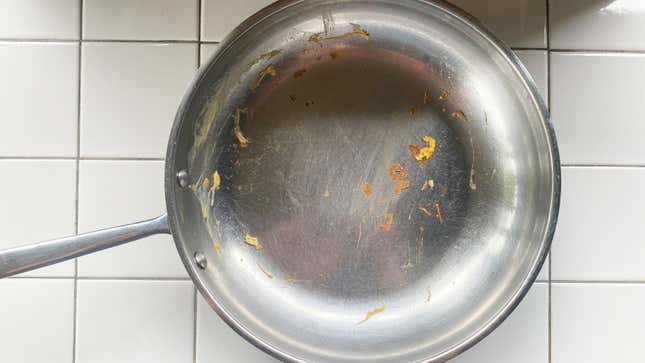
The little bits were left behind due to laziness, and they wiped off clean.Photo: Claire Lower
Putting it all together
You don’t actually have to understand the Leidenfrost effect, or any science at all, to fry an egg in a stainless steel pan. All you have to do is the following:
Heat your naked pan over medium-high heat, adding drops of water until one balls up and dances around the pan like you see in the video above.Add a little oil, just enough to coat the bottom of the pan, and let it warm for about five seconds.Add your eggs and cook as usual, keeping in mind that they will cook quite quickly, thanks to the high temperatures needed to created a (virtually) nonstick surface.That’s it. You should now feel empowered to fry eggs in the most intimidating egg frying pan around. (And, just maybe, stick your hand in molten lead.)

 Konoly
Konoly 









